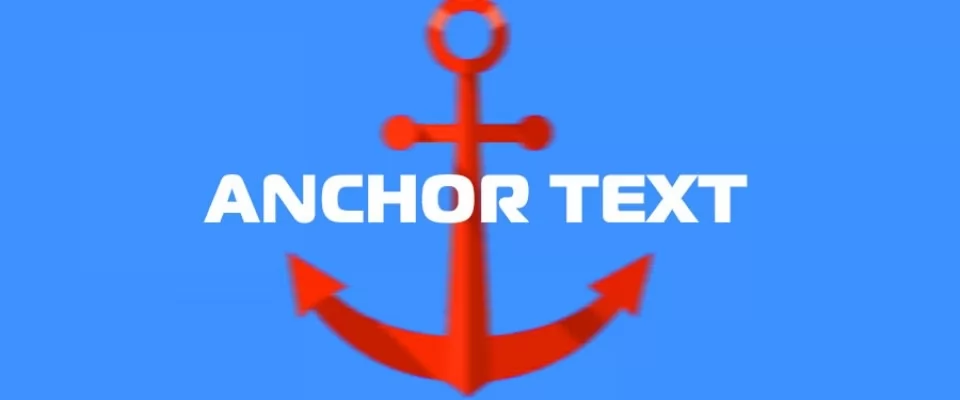Anchor Text are the words used to insert a link within a piece of content. This text can be anything from "click here" to the name of a brand or even a series of keywords or phrases.
When choosing the best anchor text, always put the user experience first.
Since the launch of Google's PageRank algorithm, the search engine is able to recognize the text used as anchor text and can therefore define the theme of a page or content through its links, both inbound and outbound. This is the reason why links are important in the SEO of a page, since it is through linking (among other factors) that Google can come to understand the importance of a web page.
Since 1998, when this algorithm was launched, many things have changed and Google has refined, updated and improved this system to avoid bad practices. At one time, it was common to abuse artificially created links to gain positions in the search engine, using relevant keywords in anchor texts that instead directed the user to pages with little value.
Although the updates downplayed the value of anchor text, many marketers and SEO professionals still believe it is a very important element, while others are unclear about the real value of this element.
In one of his regular chats with users, John Mueller, Google's SEO and positioning expert, answered several questions on this topic. One of these users asked the following question: "What are the best practices regarding anchor texts for internal and external links? Is it better to use the exact name of the page, the title of the post or to use LSI words (Latent Semantic Indexing, i.e. semantically related keywords)."
First of all, Mueller pointed out that Google does not take LSI keywords into account in anchor texts, but it is a technology that is used to gain broader knowledge about the category or subject matter of the page, but it lacks weight in SEO right now.
On internal links, those that point to content within the same website, Mueller recommends using common sense. That is, when using anchor text to send the reader to another page within the same site, use something that provides context, that explains to the reader what they are going to find when they open the new link. And the same could be applied to link to an external page, in both cases it should reward the user experience.
As for internal links, one of the usual doubts is whether Google uses the keywords of the entire content or is able to differentiate the context of the article. In this sense, it is common for a single article to have several paragraphs and for each of them to have a heading to mark a change of topic. For example, an article on "how to cook paella" will have sections explaining how to make the rice, but also other sections explaining how to sauté the meat and vegetables.
Separately, neither the meat nor the vegetables have anything to do with paella, but together they are part of the recipe and, to make a good recipe, it is as important to know how to prepare the meat as it is to know how to prepare the vegetables or the point of the rice. For this reason, Google is able to understand the full context of the page, but also of each section within it, so that an internal link can direct the reader to a page on how to fry chicken, while another will direct the reader to how to make rice, without detracting from the quality of the link or being considered "unnatural".
In this sense, Mueller points out that sometimes when choosing the best anchor text there can be an issue between what is best for SEO and what is best for user experience, to which Mueller points out that the user should always come first.
In the video below you can view Mueller's entire talk on this topic:

